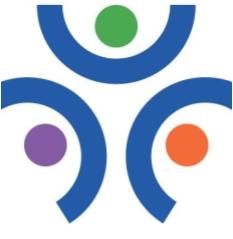The CDC reports that an established 6 million American children have been diagnosed ADHD. That’s roughly 9.8% of the population, but unfortunately, many still slip through the cracks and do not receive diagnoses during childhood or adolescence—the crucial years in which intervention can occur.
The phenomenon of “late-in-life” diagnoses is a highly gendered one, with women accounting for 3.2% of the adult ADHD population, compared to 5.4% of their male counterparts. This disparity has been speculated to relate to the difference in symptom presentation between the sexes, but it is difficult to know for sure.
Since so many adults continue to struggle with symptoms and retain academic and social difficulties into adulthood, it is highly beneficial for ADHD to be addressed as soon as symptoms are observed.
The Importance of Early Intervention
Though clinicians widely believe that the earlier learning differences are treated, the more positive the outcome, if your teenager has not yet received intervention or treatment, it is certainly not too late.
There are numerous resources available specifically for teenagers—already a vulnerable demographic when it comes to psychological and mental health—who have been diagnosed with ADHD and other comorbid learning differences.
The sooner parents, educators, and clinicians can intervene, the more likely the student will be able to catch up to their peers and increase their confidence.
Transitioning From Traditional to Alternative Education
If your teenager is struggling in the public school system, intervention in the form of an Individualized Education Plan (IEP) or 504 Plan can be extremely helpful. These specialized programs are available to all students in the state of Michigan at no cost to families, and they can be integrated into a traditional educational setting.
The benefits of IEPs and 504 Plans are well-documented, improving literacy and generally empowering students to feel more in control of their academic career.
However, by the time students reach high school, their struggles might be greater than those in the younger grades. For this reason some parents and students may choose to make the switch from traditional public school to special education, where class sizes are significantly smaller, teachers are specialized, and education is more inclusive to neurodiverse learners.
While early intervention is crucial for success in the classroom and later life, the teen years are still a great time to make changes to assist your child with ADHD. Consider implanting a specialized education plan or starting the semester off in a new school.






